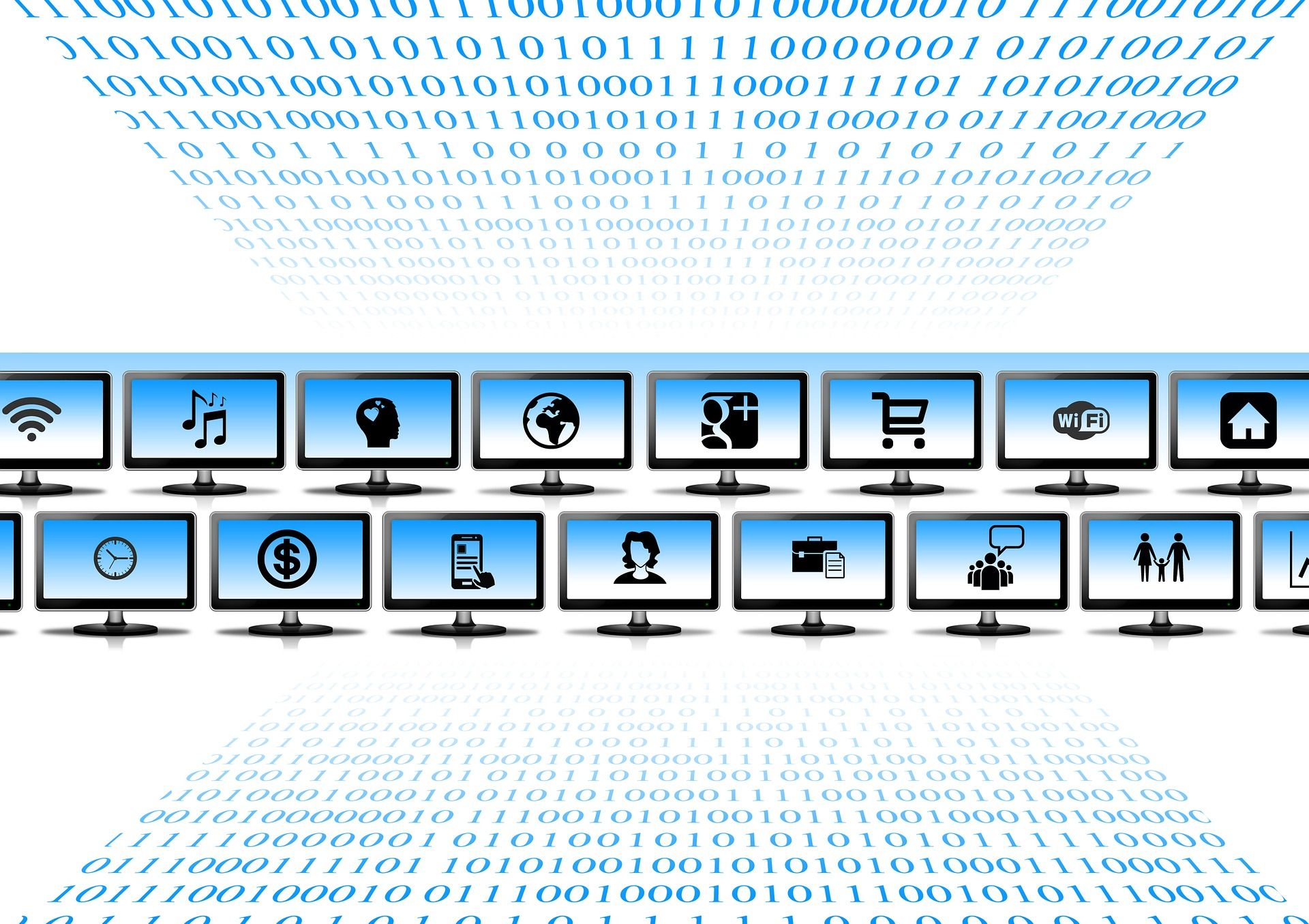Why IAM Architects Prescribe Enterprise Application Security

Since the wave of digitization is sweeping businesses, managing an enterprise has become a much easier task. Enterprises now utilize applications or software like Customer Relationship Management or CRM, project management applications, ERP, and more to carry out several business-critical tasks.
However, the widespread use of these applications may also come at a cost as data breaches have been becoming more common since 2020. For this reason, Identity and access management or IAM architects have shed light on the importance of enterprise application security.
Vulnerabilities in an Enterprise Application
Enterprises are always on the lookout for opportunities to drive digital transformation. They do so by introducing certain technological innovations. For example, the creation of enterprise IoT and Cloud computing, and more.
Although these innovations have significantly contributed to the digitization of an enterprise and its subsequent growth, they can also be an entry point for hackers and malware. These entry points are known as vulnerabilities in an application.
Let’s take a look at a few of the most common ones found in applications.
Lack of Access Control
A surprising number of data breaches take place internally. That is, the employees working within the company may consciously or unconsciously break access protocol. It can also occur when user restrictions are not implemented properly. Therefore, a lack of control over who accesses what in the application is considered to be a vulnerability.
Exposure of Sensitive Data
This can be a big problem for the enterprises that collect extensive information about their employees and their customers. This involves information like addresses, passwords, account details, etc. The databases that house this information are among the most common targets for cyberattacks and may result in the unauthorized distribution of sensitive data.
Non-functioning Authentication
Authentication is a security measure that is present in every enterprise application. This security measure is essential as it plays a vital role in the aforementioned user restriction. Applications usually utilize the two-factor authentication security along with the session management application functions to ensure security.
Security Misconfigurations
Finally, applications could also suffer from security misconfigurations. These can be due to various reasons like default configurations that are not secure, misconfigured HTTP headers, or incomplete configurations.
Tools that Promote Enterprise Application Security
At present, the tools that an enterprise uses to ensure the security of their applications can be categorized into two types. Firstly, there are the tools that test the existing security measures put in place in the application. The other type of tool is the one that fortifies or adds to the security measures.
1. Types of testing tools
The testing is carried out using the following tools:
- Static application testing: This tool essentially reads the code that the application is created from to ensure no mistakes that could lead to security gaps.
- Dynamic application testing: These tools detect gaps in the code while it is running. To a developer, this kind of testing mimics a cyberattack so that the developers can work towards reinforcing the code. Hence, the name dynamic.
2. Variations of Fortifying Tools
Under the fortifying tools, one will find the following:
- RASP: The Runtime Application Self-protection tool acts as a tester and a fortifier simultaneously. It does so by monitoring the environments present on the desktop and even mobile devices.
- Anti-Tampering software: This software functions to prevent cybercriminals from obtaining access to the code of an application.
- Threat detector: This tool is usually used by professionals to ensure that the environment in which the application is running is safe. Therefore, aspects like the state of the environment, potential threats, and compromised devices can be found.
Benefits of Implementing Enterprise Application Security
From the aforementioned points, it becomes clear that an enterprise application with the required security measures offers an unprecedented sense of safety to the users of the applications. In addition to this, other benefits make application security desirable to IAM architects and enterprises alike. These benefits include:
- Real-time detection: Cyberattacks are usually detected quite quickly, given the number of security measures that are put into place. Some measures also detect high-risk activity through behavior analysis. The detection can also be automated in some cases.
- Versatile integration: The security measures are compatible with multiple applications, irrespective of whether it is a cloud platform or a SaaS platform.
- Compliance monitoring: The testing tools mentioned before will be used to ensure that the application complies with the safe practices and regulations of data security. These tools can also monitor the critical infrastructure and prevent possible data loss.
Enterprise application security (EAS) is transforming the information technology landscape. As the pace of digital business accelerates and the complexity of enterprise IT grows, regulatory requirements are demanding more serious attention. No longer a “nice-to-have”, many boardrooms now acknowledge that enterprise application security is essential to securing infrastructure, data, and applications in today’s digital economy.
Originally published at Hackernoon


